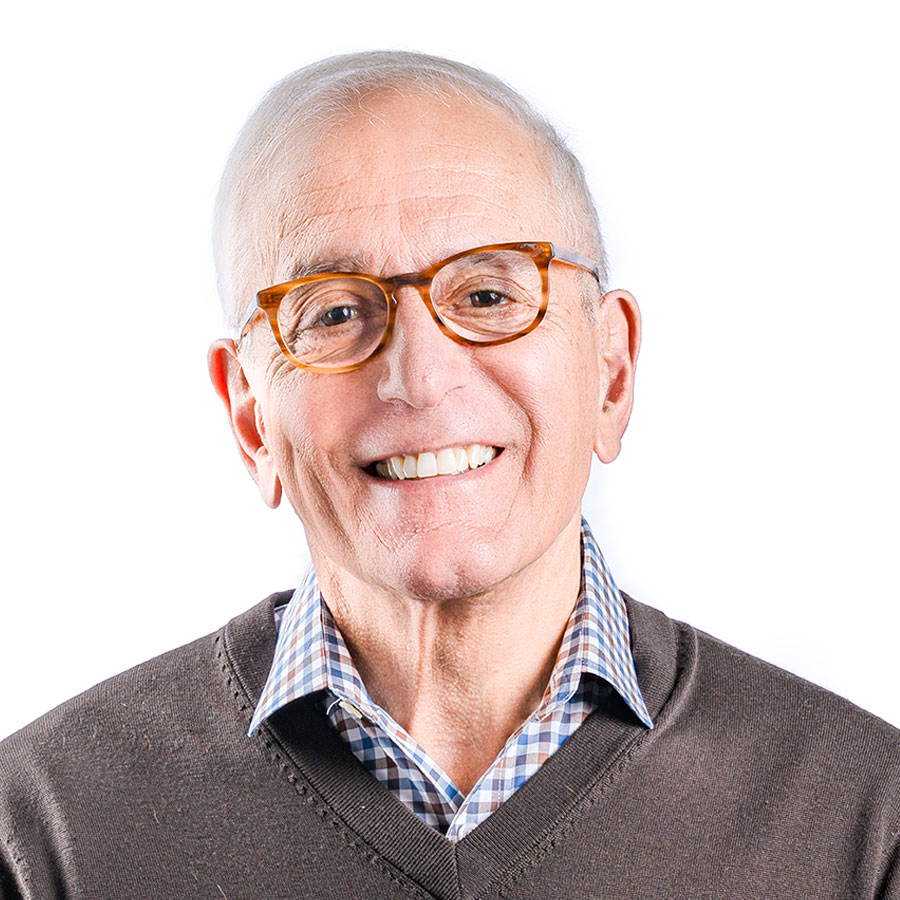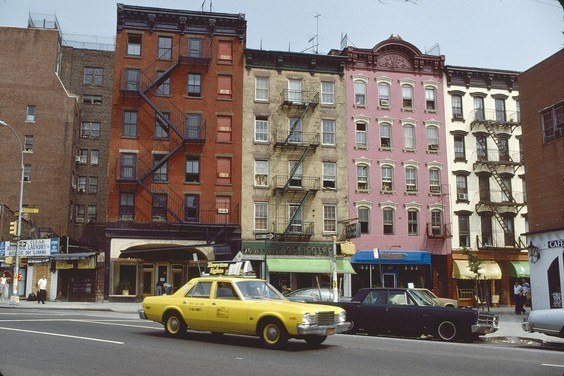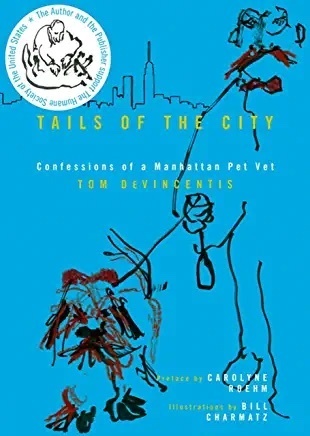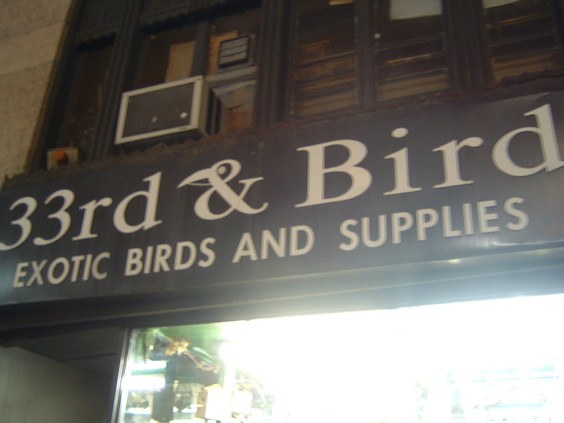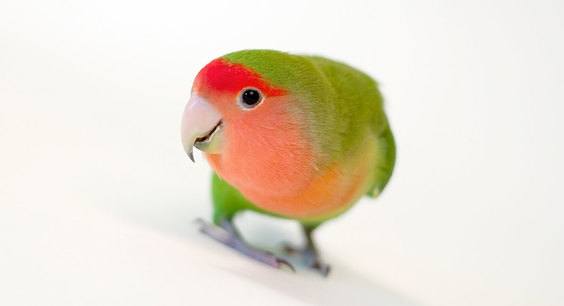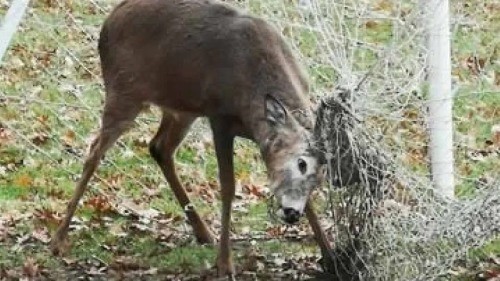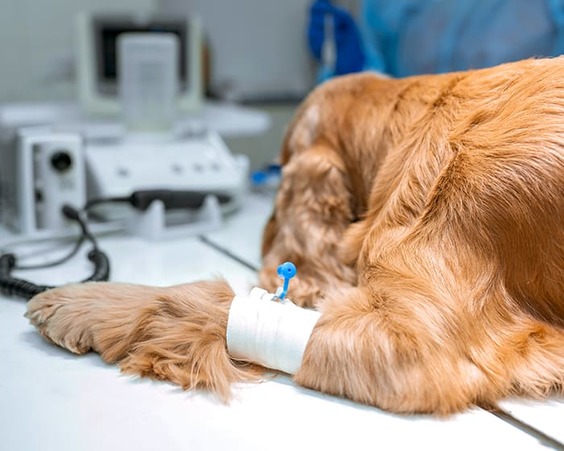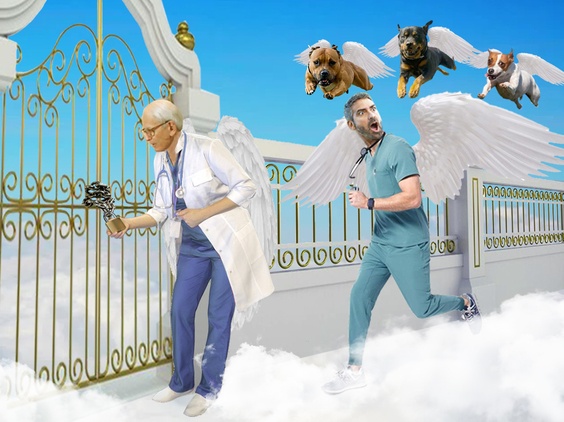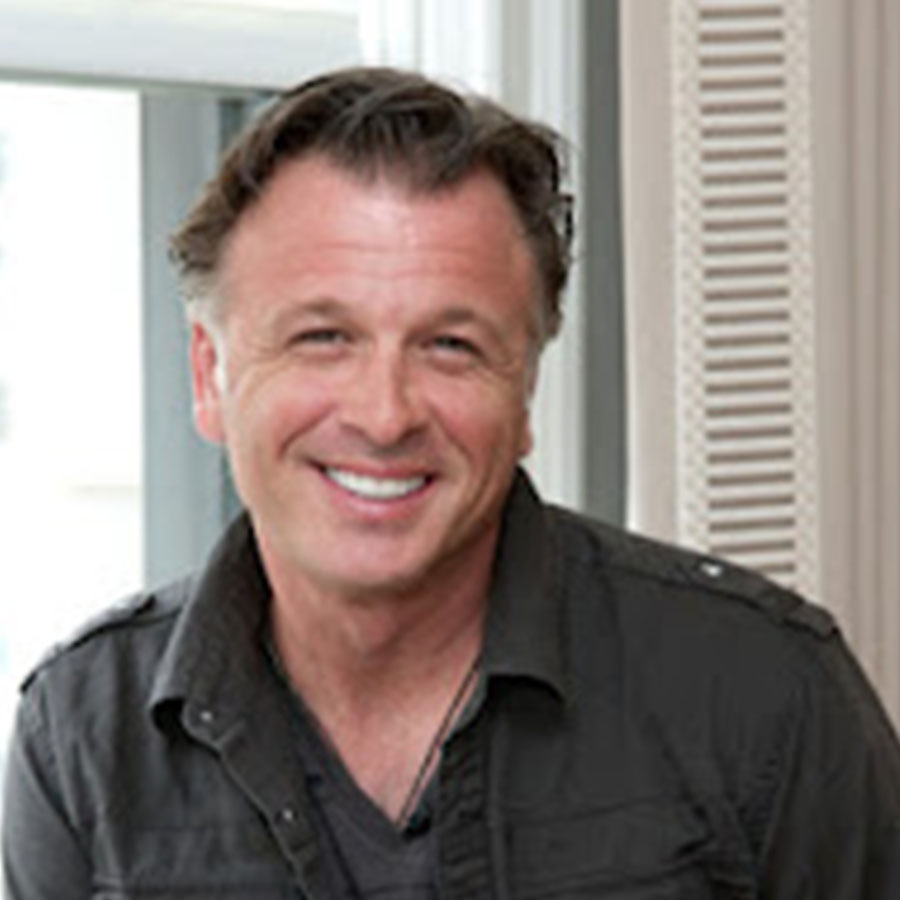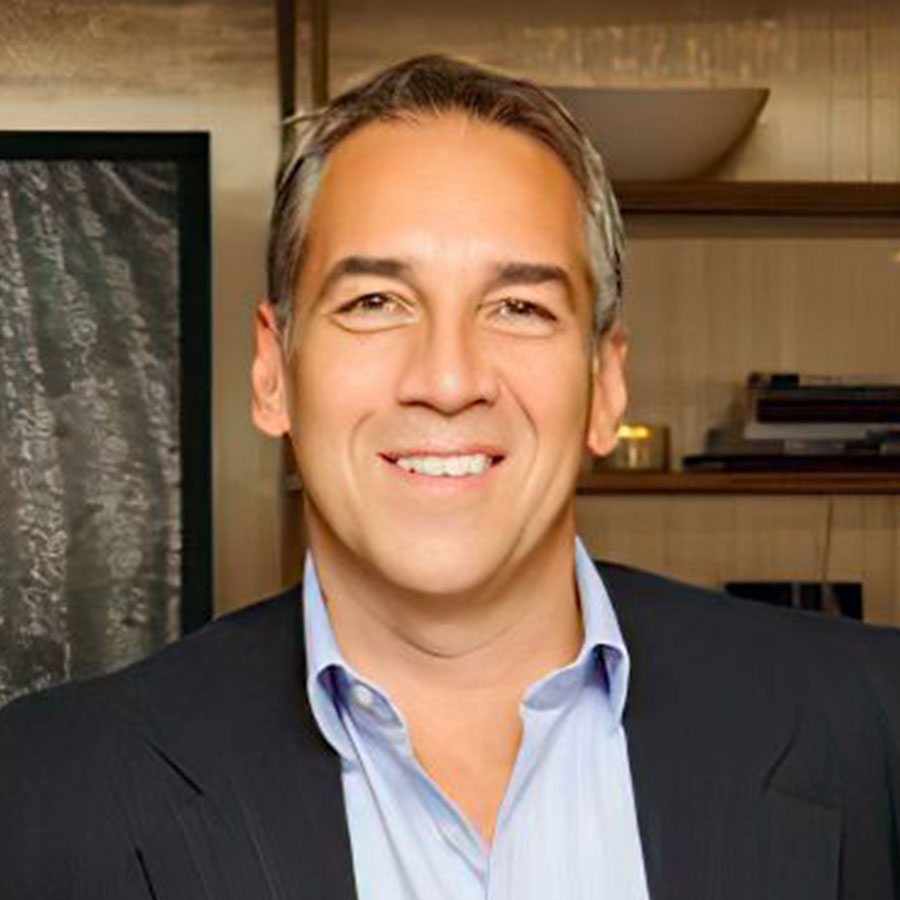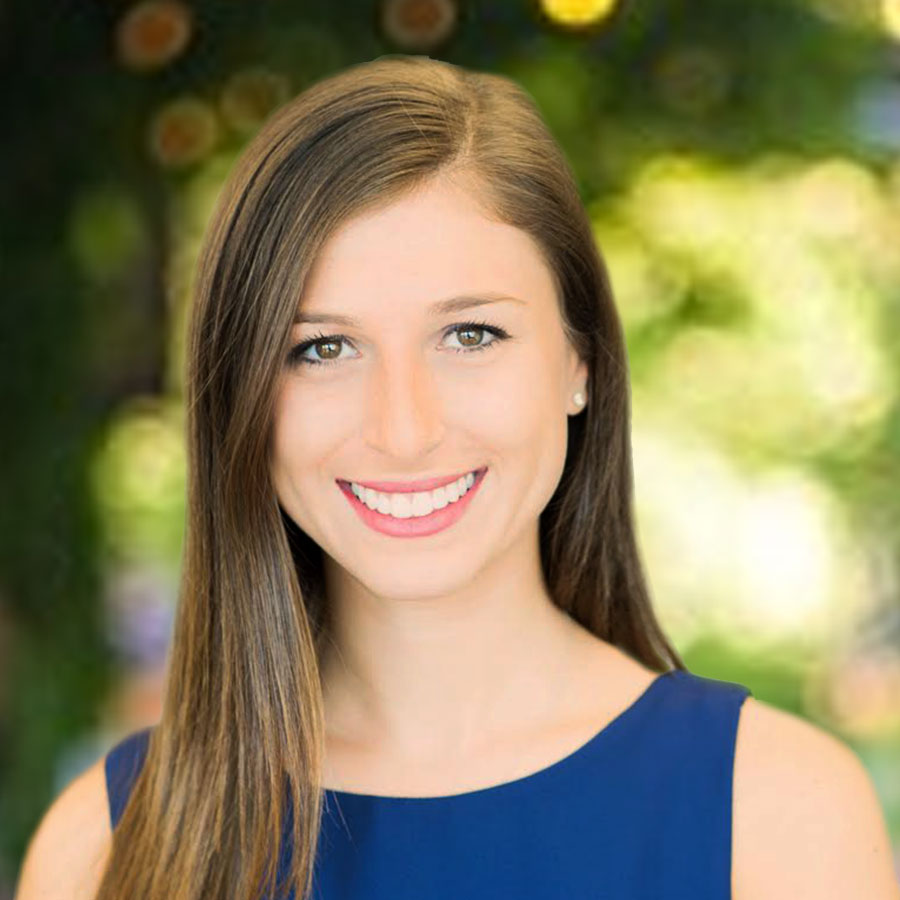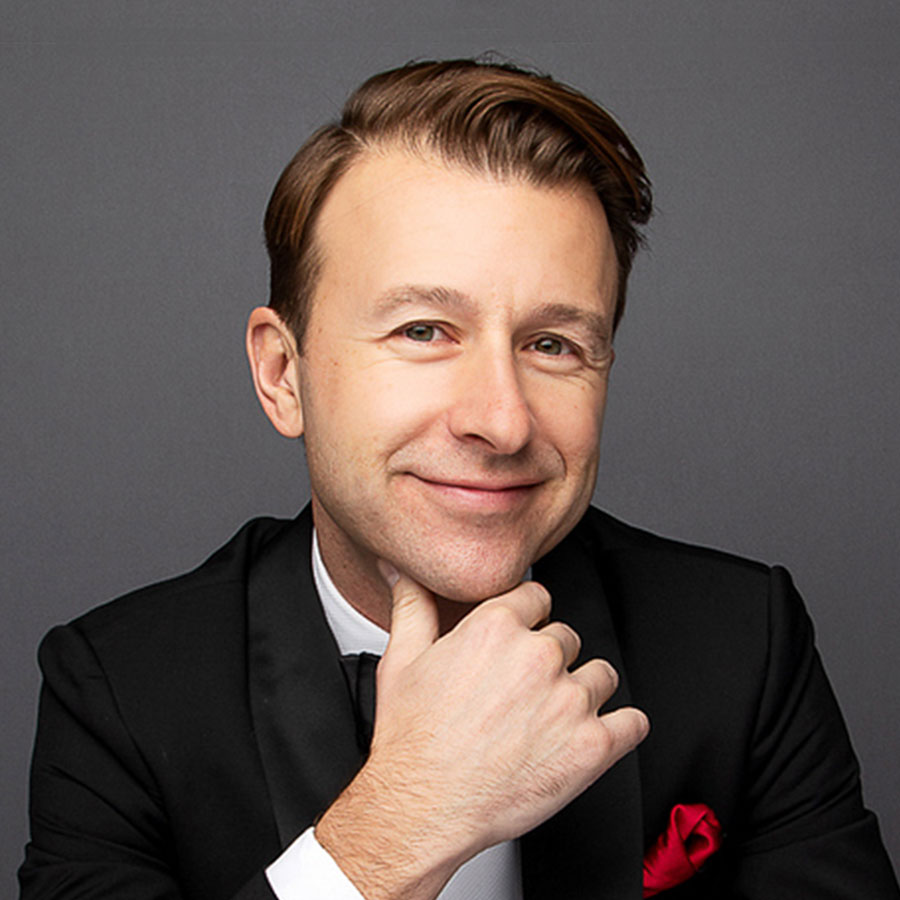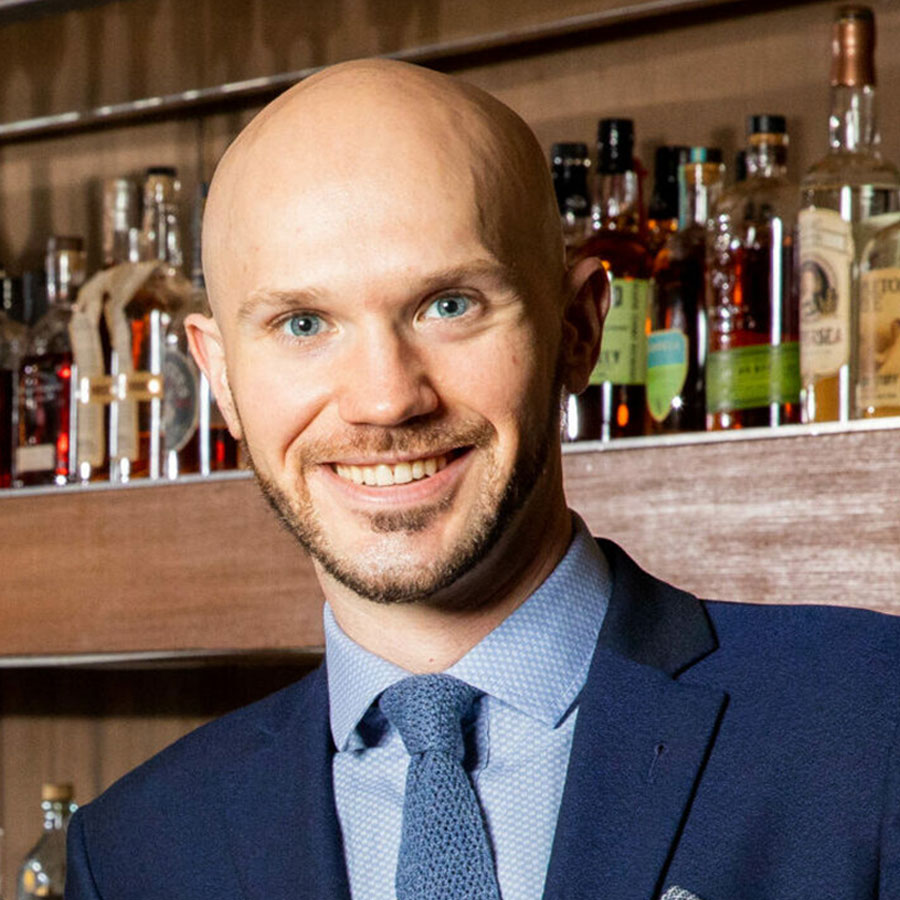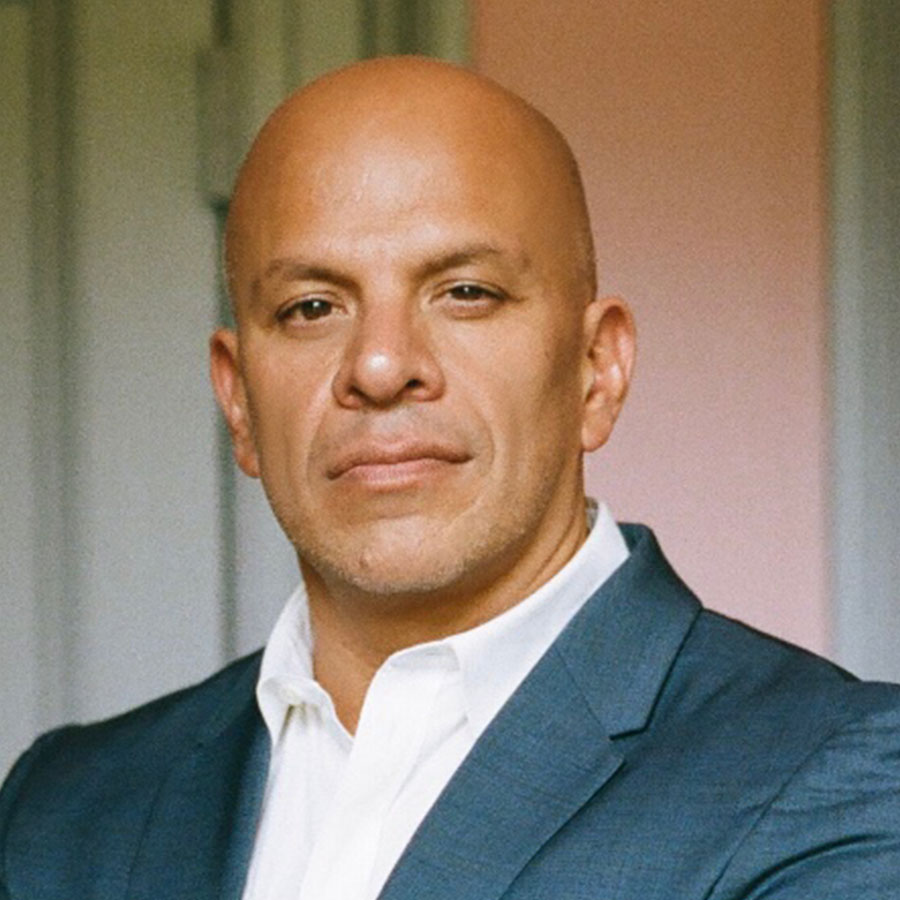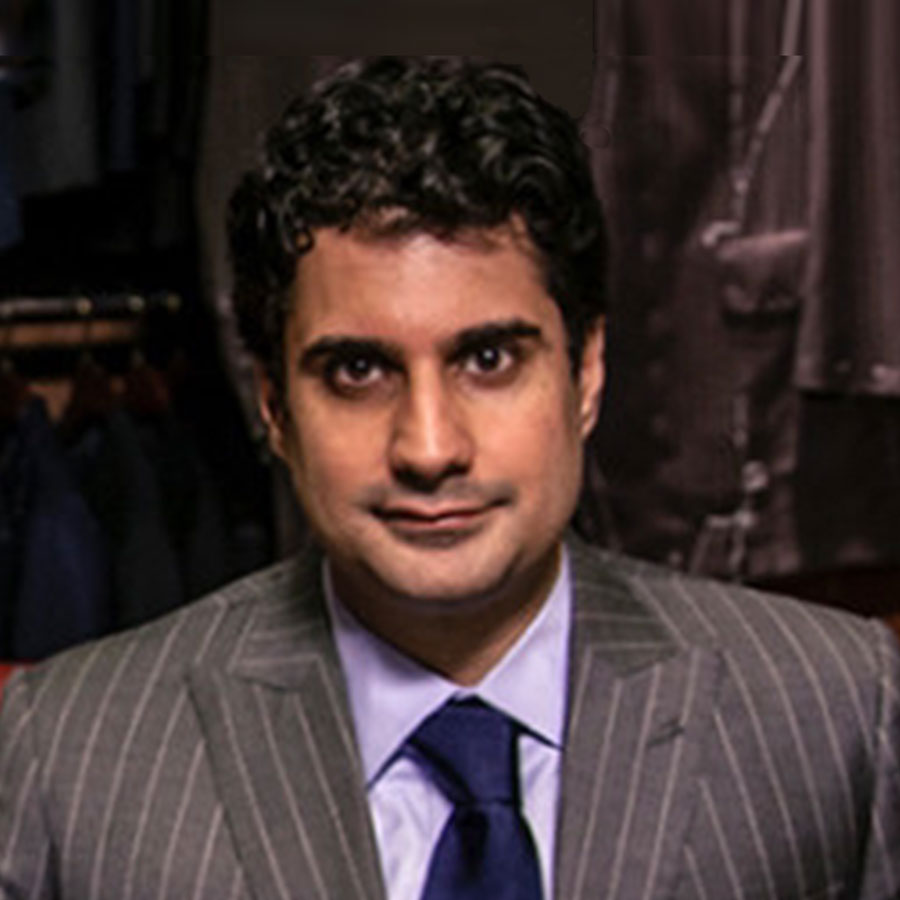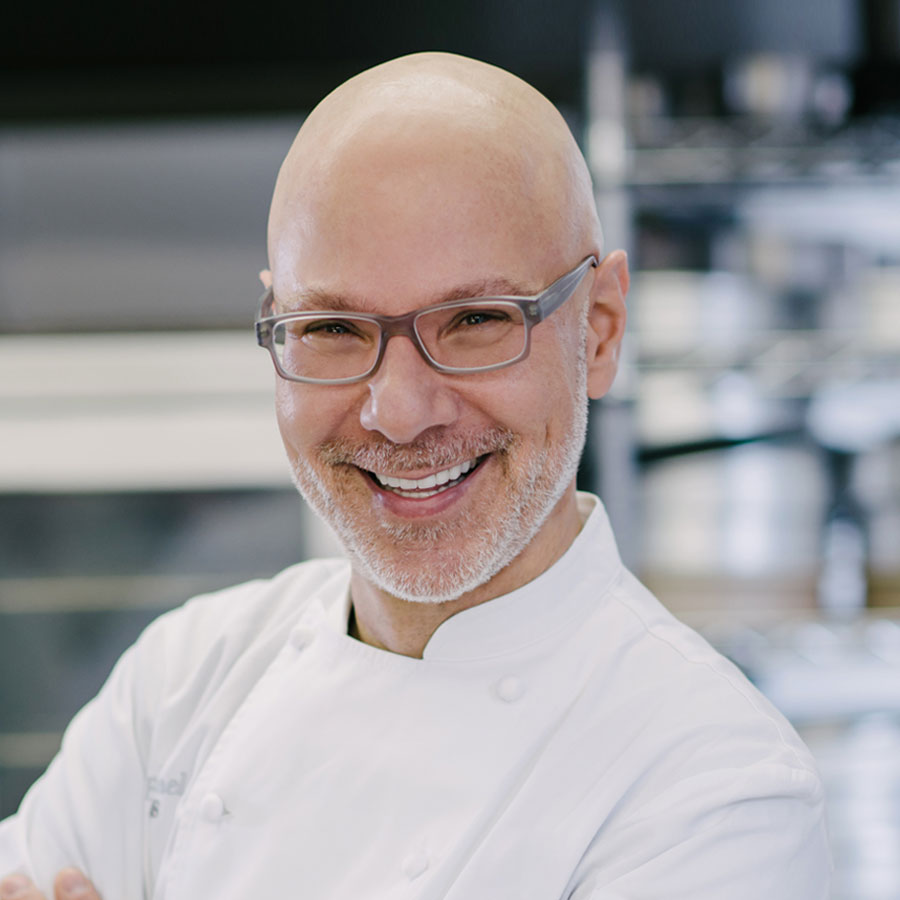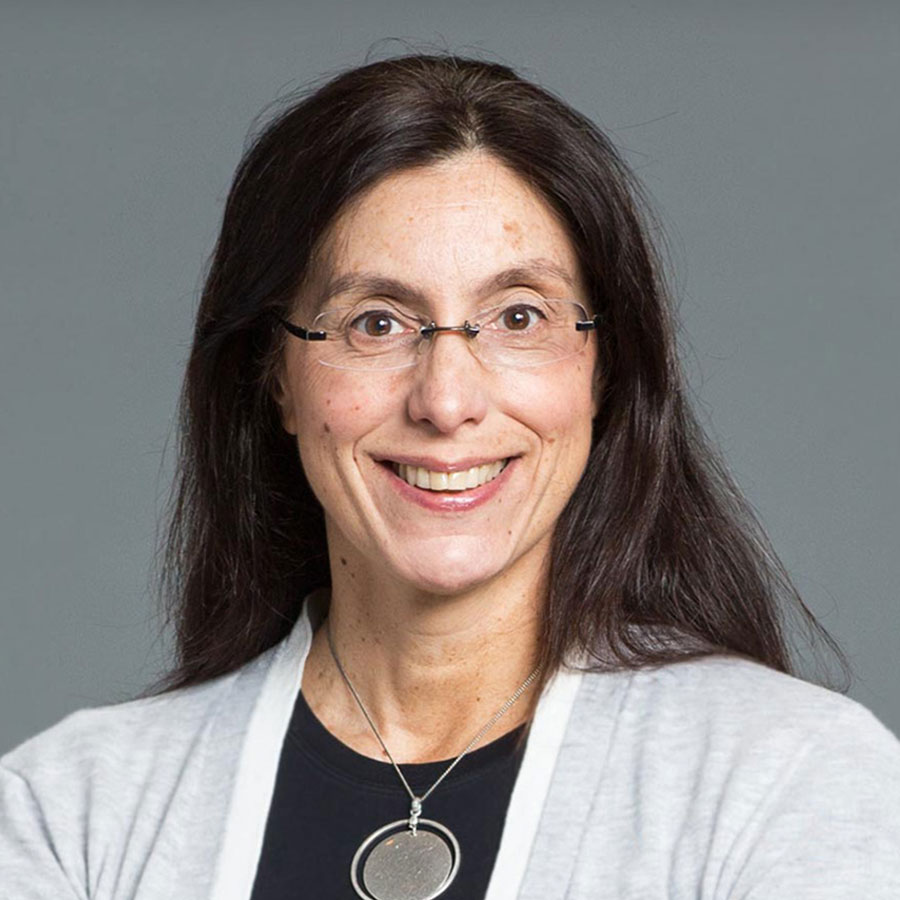Born and raised in Cleveland, Ohio, Tom DeVincentis graduated from veterinary school at Ohio State University in Columbus before moving to Manhattan. He began his career at the Park East Animal Hospital in the 1970s, working primarily with cats and dogs and their high-profile owners, and has been practicing in the city ever since.
Tom currently practices at Lenox Hill Veterinarians on Second Avenue. He lives on the Upper East Side, and in his spare time, he enjoys theater, riding his horse (which lives in the Hamptons), gardening, and swimming.
He is the author of the book Tails of the City, regaling the highlights of his long and storied career while giving readers an inside look at the unique ups and downs of caring for four-legged New Yorkers.
1.
Paul & Vince: How did you come to be in New York City and in your current career?
Tom: Let’s see! I went to school in Columbus, Ohio, for six years. I was in an accelerated veterinary program. I went after two years of undergraduate work. I loved going to college because I had my first apartment alone, a new life as a young adult, and my independence. Everybody from our class seemed to want to live and work in Columbus, too. But there were no jobs in Columbus, really.
And I didn’t want to go back to Cleveland. I grew up in Cleveland; I knew Cleveland. I wanted to get away from my family. Not that I didn’t like them, but I thought I’d be living a different lifestyle than they’d want me to live. And I had been dating someone in Irvington, New Jersey, whom I’d visited a few times. And we’d seen Broadway shows and New York City, so I said, “That’s the place to be.”
So, I loaded up my little 1968 Camaro convertible and made this long trip to New York, got here, tried to park my car on the streets of New York for about three weeks, and then gave that up. And I didn’t get a car until like ten years later.
Paul & Vince: [Laughs] That sounds about right. What was it like adapting to New York?
Tom: Everything was different; everything was shiny—it was everything I’d heard about all of my life.
Tom: Well, I had this great job that I’d landed. I didn’t know I was landing a great job, but I ended up on East 64th Street between Park and Madison at Park East Animal Hospital. And because of its locale, we got to see all the superstars of that time. So I—as this kind of wet-behind-the-ears Ohio boy, I was getting to meet, you know, the Onassises, the Kennedys, and the Warhols—everybody.
I was starstruck.
I got an apartment a block down from where I worked. It was a fourth-floor walk-up, and it was in the back. It had a charming view of all these little gardens and was beautiful. It had 77 steps. And I had a dog, a Vizsla breed, that I adopted in veterinary school. So that meant 77 steps down, walking the dog, 77 steps up, taking a shower, 77 steps down, going to work, coming home at lunch, the same thing.
But, you know, walking the streets of New York with a dog is a very easy way to start meeting people. So, it didn’t take long before I met people through the dog. I was 23, and I worked with a lot of other young veterinary kids. And so they were my friends, and that’s how I started.
Tom: I had been working for an experienced vet at the time. I saw what he was doing, and I became the back-room guy and his front-room guy. But I was the one who was, you know, churning out the spays and the simple veterinary surgeries and some other things.
And I said, “If he can do it, I can do it.” And so I did it! I went to East 72nd Street, between 1st and York—next door to Mary Manning Walsh Nursing Home—and opened a tiny, one-exam-room practice.
It was very different from a typical clinical veterinary office at the time. We had antiques in the waiting room, a beautiful gold-leaf sign in the window, and tartan-plaid drapes…And people, they were just so charmed by the office. It was great.
But later, I moved to 75th Street, between 1st and York, and opened a larger office that could have allowed me to have a second veterinarian. And I’ve stayed there ever since! [Laughs]
Paul & Vince: Well, we know you’ve got plenty of stories from that time to fill a whole book—because you wrote one! Your book is a lot of fun to read. But could you tell us a story or two now?
Tom: Sure! So, here’s one: I continued living in that apartment for a while and started riding a bicycle to work. And I had a Bichon Frisé named Cotton. She was my rescue; she had once been scalded in hot water, and her owners ultimately didn’t want her anymore, so she became my dog. And she would ride, you know, à la Doris Day in California, you know, in my little wicker basket on my bike.
[All laugh.]
Tom: We were the sight of the neighborhood! There we were, pedaling along…and one day, we met this homeless guy, James, with mountains of stuff in his shopping cart and a little puppy on top!
He was young and not so scruffy, but, you know, scruffy enough. He had pants with holes in them and a rope for a belt.
So, sure enough, James eventually came into the office with this dog one day and told us how he slept in the park, how he kept food in a Styrofoam container that someone had given him, and how he woke up one morning to see the dog trying to get into the container.
So, they became inseparable. It was like the stray dog had met James as a stray person! But he loved this dog and came in wanting to pay for the shots and exams—and the dog would need a series of shots until it was four months of age. But I couldn’t—how do you charge a homeless person down on his luck with a puppy?
He continued to come for all of his shots, and then when the dog was six months old, he wanted to have it spayed. And he insisted that he pay for that. And as time passed and the dog got older, James seemed to become neater and cleaner.
I heard he had met a woman who brought dog food daily underneath the 59th Street bridge. And they chatted, talked, and chatted, then started dating, and then he started working…
And he, well, the last time James came into the office, he showed up dressed in khaki pants and a button-down shirt, totally cleaned up, and he had come in to say goodbye to me because they — he and the woman — were going to get married and go live someplace together…They were going to start a family and a new life and, you know, you have to think, what happened here? Did he rescue that stray puppy to change its life, or did the dog come into his life at the right time to rescue him?
Paul & Vince: That’s amazing!
Tom: It was! Now, another time—I did have a dog who jumped out the 22nd-floor window.
Paul & Vince: Oh no, really?
Tom: Yep—a very old Shih Tzu. The woman called me a couple of hours later, saying, “You know, Yam fell out the window, and he landed in the bushes…”
Paul & Vince: Oh, no!
Tom: “…and I think he’s okay.”
I said, “I think you’d better bring him in!” [Laughs.]
So she brought him in—and he was fine! He had fallen 22 stories but landed in the bushes, and he was fine!
2.
Paul & Vince: Wow. You must see a lot of interesting things like that in New York. What does a typical day on the job look like for you?
Tom: Appointments start at 9 AM, but if I have hospitalized patients, I come in earlier to check on them first. And usually the staff, the technicians give the medications, the injections, whatever. They know whether the dog has eaten all of those things. So I make sure all of that’s okay. And then, I have a lot of lab work to look at for the next day and try to contact people throughout the day about their lab work.
I see my patients from nine until 12 on a half-hour basis, and then we break for surgery from 12-3. After that, appointments resume until 5 or 6. I’m a general surgeon, so I refer specialists for orthopedic cases requiring long-term intensive care.
Paul & Vince: Do you only work with cats and dogs?
Tom: These days, yes—although, well, a client who owed me a lot of money called me up one day and said, “I have a present for you. You have to go down and pick it up. It’s at this store called “33rd and Bird”. Which was at 33rd and Third, of course. [Laughs.]
He had bought a peach-faced lovebird, which I guess he didn’t want or couldn’t afford. So I went, and I got this bird. But peach-faced lovebirds are supposed to be in couples. They’re lovebirds. There are supposed to be two. Like in The Birds, when she’s driving that little car, that little Alfa Romeo. Remember that scene? I love that scene.
I called my little lovebird “Rodan,” after the big Japanese flying monster. And Rodan used to fly around the office freely. And she’d land on the doorjamb and go “Wawp!”, looking for me. And she’d find me! It was great!
But some people were terrified! The sound of wings coming down the hall…But, anyway, yes, cats, dogs, and, occasionally, a bird. [Laughs.]
3.
Paul & Vince: Could you let us know a few things that most people don’t realize about your job?
Tom: Sometimes people know me, and I can’t recall them.
Paul & Vince: Hmm…because they were not the actual patients?
Tom: I have people who always come up to me, saying, “Don’t you remember that you did that thing?” And I’ll say, “Well, no—I don’t remember.”
I mean, all in all, I know that I’ve made hundreds of trips to the office in the middle of the night, house calls on New Year’s Day, and so on. When I was a young veterinarian, it was a forty- to fifty-hour-a-day job. It didn’t end at 6:00 pm. You were on call. You spoke to people if your phone rang at 2:00 am in the morning.
Paul & Vince: Is it still like that for you now?
Tom: Well, yes, in some ways, I am always expecting it…I’ll tell you a story. Six weeks ago—we were walking the dog in what’s called the Water Mill Community Club. If you’ve ever been—
Paul & Vince: Out in the Hamptons!
Tom: Yes. It’s a small-town community center with a soccer field. And they have those soccer nets up, with the blue netting. And my dog loves to go because there are trees and bunnies, and she goes crazy. So we were walking there, and I said, “Oh my God—there’s a dead deer in the soccer net!”
And as we got closer, we saw that the deer was alive. And it was before 8:00 am in the morning, and I said to my partner Michael, “We have to get scissors. Go home and get scissors.” Because it’s caught in the net, it’s wrapped around its neck and feet, whatever.
But someone was coming out of her office—the cleaning lady for the chiropractor’s office across the field. And she got me her scissors, and I cut this poor animal out. And it got up and looked me right in the eye, almost like it was communicating. Almost like it was saying thank you—and then it tore off.
Tom: But six weeks later, this happened again. Another deer caught in the trap! And I saw a woman walking to her office, and I ran and said, “Could you get me scissors again?” And this new little deer, oh my God. The netting was around its neck and all four feet—and when I went to it, it started to thrash around.
But I got on my knees, and I was very calm. I put my hands on it, and it allowed me—without thrashing—to cut everything that was holding it down. And then it got up, and it fell. And it got up, and it fell. Its one leg was cut!
And I said, “It can’t walk! I think it has a broken leg!” And I had the number on my phone of the wildlife rescue agency because I so often see animals that I think are trapped in the fences, or birds that aren’t moving, or whatever. But by the time I got off the phone, this deer had recovered, got up, and trotted away.
Paul & Vince: Wow!
Tom: Apart from that sort of thing, worry is the most difficult part of my job. Worry if the animal’s getting better, worry if you’ve made the right choices worry about the emotional state of the owner, et cetera. In this line of work, you must be empathetic and use your intuition on a case-by-case basis.
Paul & Vince: That brings to mind something that stood out to us in your book. You wrote, and this is quote: “To love a pet means we bear witness to the full circle of life. We nurture and discipline, cherish and protect. But finally, the most important part of love, the part that completes the circle, is to let go.” That’s very beautiful.
Tom: Yes. That circle of life thing is one of the hardest things. But I always say this is an act of love when we do this. And at this point, because I’ve been a veterinarian for a long time, I have a lot of repeat people with dogs coming back again and again, and I say, “You know, we’ve reached this age where we know this happens. It happens to our friends, and it has to happen to our pets.”
Now, when I work, the nice thing is that all my clients become friends, and we share this experience of their pets, not just their pets but them. And they come in, and they tell me, you know, “My son just graduated from such and such,” or “I’ve become a grandparent,” or “Remember when we did this with Sammy, the dog?”
And unless the dog is sick, they’re mostly just routine visits, and they’re all just touching base. They’re nice.
4.
Paul & Vince: What are your favorite things to do in the city on your day off?
Tom: I used only to walk my dogs to work. Now we walk the dog in Central Park around the boat pond every morning. That’s a great thing! You see the same people; you meet new people—it’s just like when I started out.
Everything was about the dog then, and everything’s about the dog now!
So that’s just a great way to start the day. And then life is work. When I’m in New York, it’s work and it’s dinner with friends. My favorite local restaurants are Antonucci Cafe on 81st Street and Due on 3rd Avenue.
And I miss Maison Kayser! Why that place went out of business, even with covid, I don’t know because it was so popular. They had the best-scrambled eggs. And they came in a split second!
…and one more, Just For Fun
Paul & Vince: Ok, so are you ready for your fun question? If your life was being turned into a movie, who would you want to star in it, and why?
Tom: Ha! Well, to play me, I think it has to be George Clooney. That would be perfect. That would be great. And yeah—I would need a body double for my stunts. Or when Clooney has to spay an animal, they could film my hands.
Paul & Vince: Wait, so that you would need a body double for your stunts, or you wouldn’t?
Tom: Uh…I would…well, I would be HIS body double for the hands.
Paul & Vince: Right. Okay.
Tom: If you ask if I need a body double, I… I AM going to the gym again!
[All laugh.]
Tom: I’ll be ready by the time the movie is in pre-production. I’ll be ready.
Paul & Vince: [Laughs.] So if you’re willing to star in it as yourself, maybe it could be you and Clooney as some vet-buddy comedy or something?
Tom: Right! No, wait. I could be his dad! I could be his dad, and he would be becoming a veterinarian, right?
Paul & Vince: There you go! Now, is this an action movie? Or are you maybe solving some mystery together?
Tom: Oh, God…uh, I don’t know! I haven’t thought about that.
Paul & Vince: I assume it’s a happy ending, right?
Tom: Yes. Well—no, actually, in the end, I die—
Paul & Vince: [Laughs.] What?!
Tom: Yes, at the end, I die, and I go up to heaven, up to the pearly gates, and all those dogs — all the ones I had put to sleep — they start chasing me and George to bite me as payback.
[All laugh.]
Original artwork by Jolisa Robinson, Gavriani-Falcone Team Marketing

